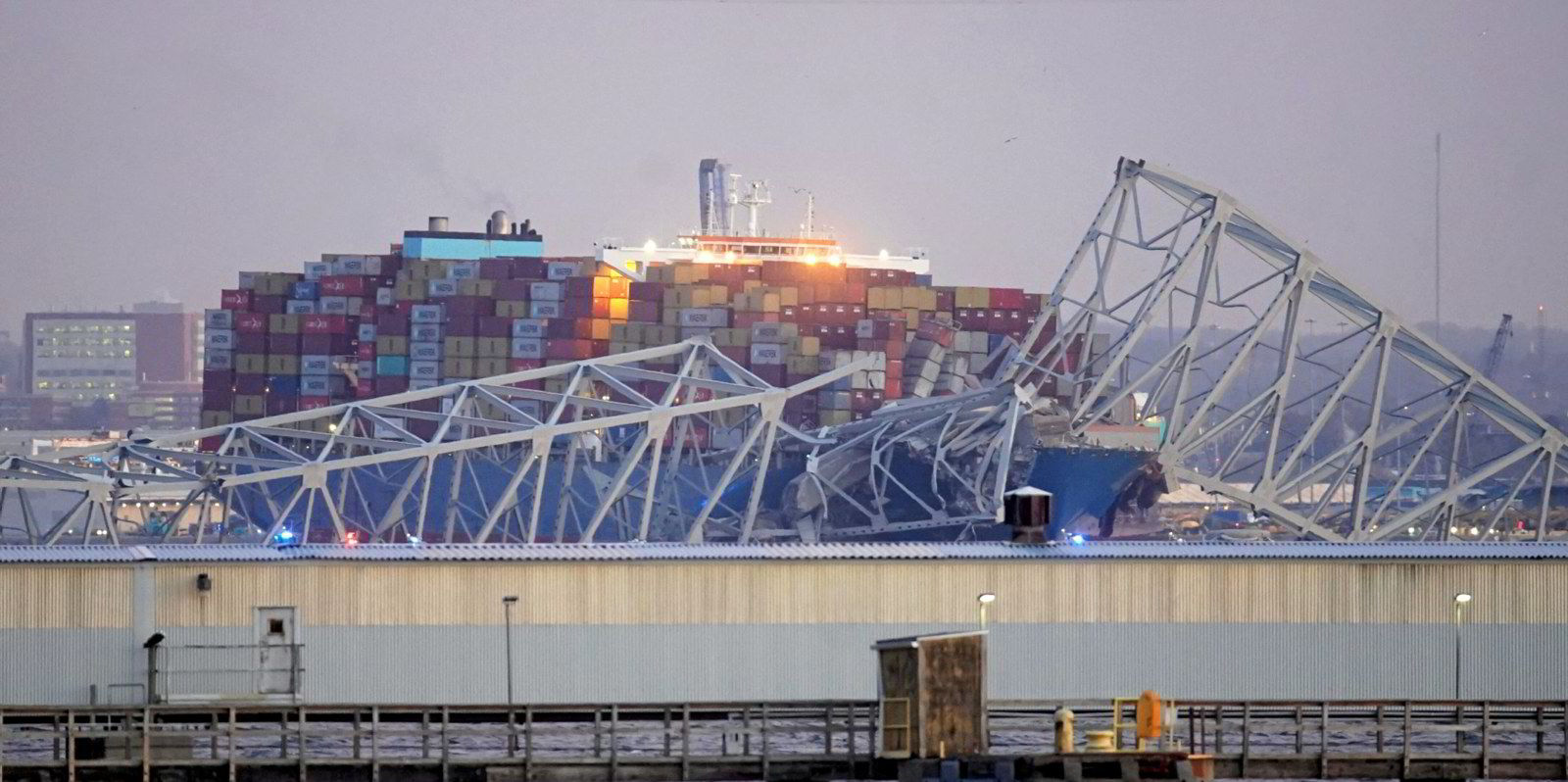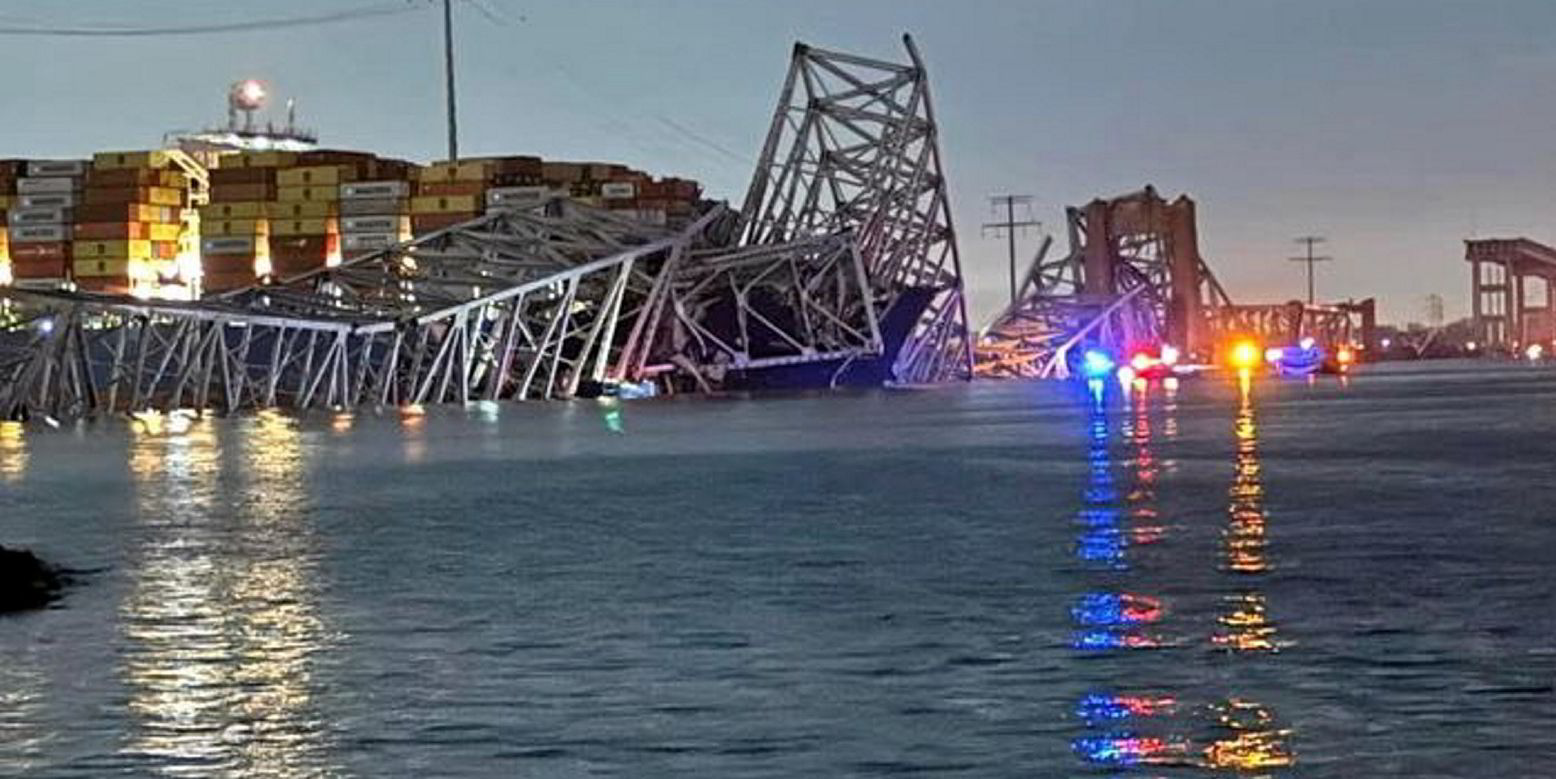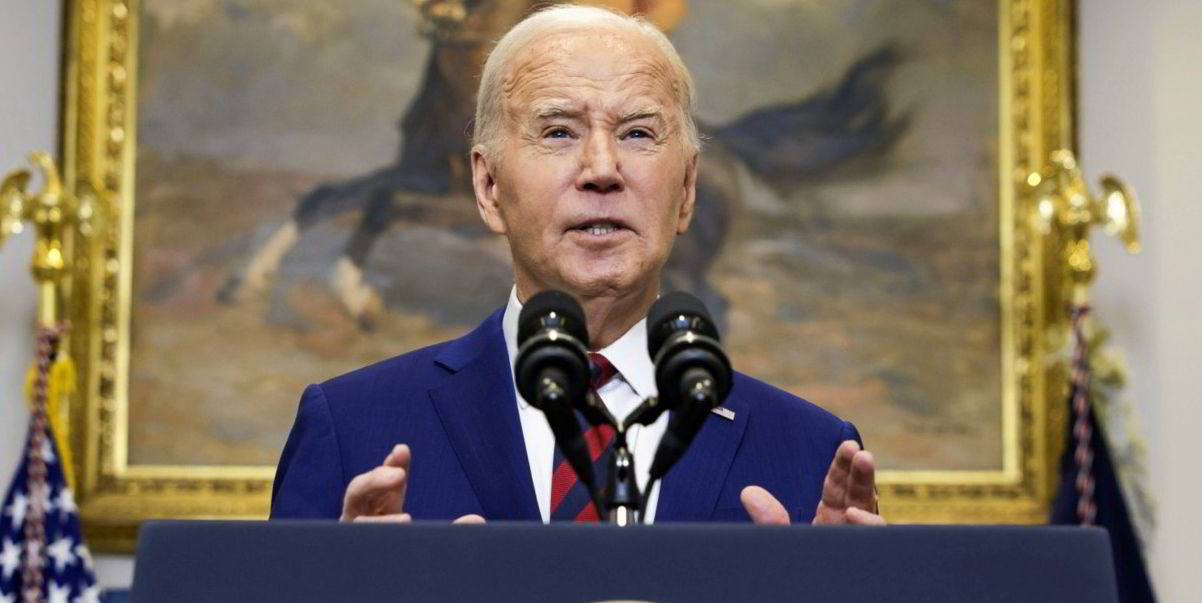A Baltimore port worker claims the 9,962-teu Dali (built 2015) experienced power issues for two days before leaving the terminal on its ill-fated departure that resulted in a catastrophic bridge collapse on Tuesday.
The account of Julie Mitchell, co-administrator of Container Royalty, aired live in the US on Wednesday afternoon on cable network CNN.
“And those two days, they were having serious power outages ... they had a severe electrical problem,” Mitchell said. “It was a total power failure, loss of engine power, everything.”
Mitchell told the cable network that refrigerated boxes kept tripping breakers while mechanics were running generators while trying to fix the ship.
According to the International Longshoremen’s Association website, the Container Royalty Fund is a supplemental fringe benefit available to eligible workers in the Port of Baltimore.
Contributions to the fund are based on the tonnage loaded or unloaded in the port for contributing employers.
A spokesman for vessel’s technical manager, Synergy Marine of Singapore, told TradeWinds on Wednesday that he was unaware of such problems and declined to comment further.
He said he wanted to respect the official investigation being conducted by the US National Transportation Safety Board (NTSB) and the US Coast Guard.
Meanwhile, the NTSB, the main US federal agency investigating the cause of Tuesday’s collapse, has scheduled a press briefing after recovering the vessel’s data recorder.
The agency is scheduled to speak at 20:00 EST and may be able to reveal what it learned about the moments leading up to the moment the Dali crashed into a pillar supporting the Francis Scott Key Bridge, collapsing the central portion of the 1.6-mile span into the Patapsco River within seconds.
Six construction workers who were on the bridge at impact remain missing and are presumed dead after the US Coast Guard suspended its search-and-rescue operation and switched to joint efforts with the US Army Corps of Engineers to clear the important shipping channel that has closed most of the Port of Baltimore.
While NTSB investigators pore over the recorder data, US Secretary of Transportation Pete Buttigieg and Coast Guard Vice Admiral Peter Gautier were questioned for almost an hour during a daily White House press briefing on Wednesday.
Gautier said the Coast Guard was “deeply saddened” by the apparent deaths, adding “while we didn’t achieve the outcome we had hoped for, it was a tremendous team effort”.
Divers continued to search fallen bridge debris in the murky waters for any sign of the perished workers, but no bodies were found by mid-afternoon.
At the same time, the Coast Guard is assisting in efforts to clear the channel and with the NTSB’s investigation, whose teams boarded the vessel overnight.
“The Coast Guard’s highest priority is to restore the waterway for shipping,” Gautier said, even as he and Buttigieg deflected repeated media questions about exactly when that might be done.
The Dali is “stable” but still carrying 1.5m gallons of fuel oil and 4,700 cargo containers on board, Gautier said. Of these, 56 contain hazardous materials, he said. Two boxes have fallen overboard but do not contain hazmats, he said.
“A portion of the bridge remains on the bow of the ship. The vessel bow is sitting on the bottom because of the weight of the debris,” Gautier said as workers grapple with how to refloat the vessel and move it from the area.
Divers are carrying out an underwater assessment of the hull, but thus far there is “no indication of damage below water line”, Gautier said.
As TradeWinds reported on Tuesday, the Dali had been cited for a propulsion deficiency in Chile in June, according to the Equasis database.
The vessel was written up by port state control officials in San Antonio on 27 June for a deficiency in “propulsion and auxiliary machinery”, the database indicates.
The deficiency is further described as “gauges, thermometers, etc”.
There was no detention as a result of the single deficiency detected, records state.
In 2016, the vessel allided with a berth at the Belgian port during unmooring, a Vessel Finder report said at the time.
The latter incident drew repeated media questions during Wednesday’s press briefing, as Gautier patiently explained that the 2016 was unlikely to be relevant to Tuesday’s incident.
“This particular ship has a fairly good safety record,” Gautier said.
Follow TradeWinds’ coverage of the disaster






